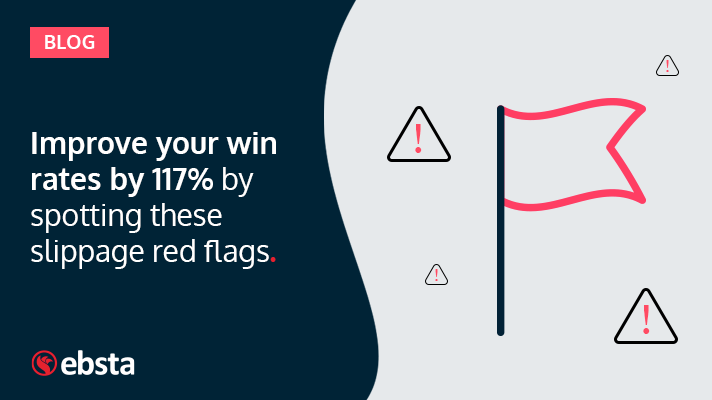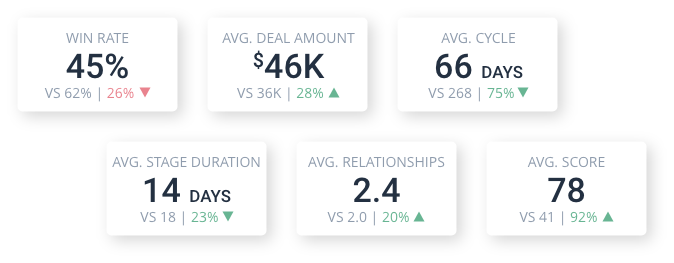Revenue Operations.
Expand your sales knowledge with the latest analysis and expertise from high-performing sales teams.
Improve your win rates by 117% by spotting these slippage red flags
easily identify the telltale signs of risk that an opportunity is going to slip. Equipped with this knowledge, sales teams can then be proactive to salvage these opportunities, close them faster and improve win rates.
How to Analyze your Sales Pipeline – Measuring Your Pipeline Health
The key to understanding how your pipeline is performing is knowing what state it is in. The gauge of that is pipeline health. In the first of our series, we looked at creating the foundations of your pipeline and the metrics that are needed to know what is happening within it. In this article, we…
What is Revenue Operations?
They say all roads lead to Rome. If you imagine Rome as revenue, then the role of revenue operations is to make sure that those roads are built in the most efficient way and that they are effectively signposted. Revenue operations, or “rev ops” in it’s shortened form, is the strategic alignment of sales, marketing,…
How Set Up Historical Trend Reporting in Salesforce
A Guide to Set Up Trend Reporting in Salesforce Reporting in Salesforce is one of the most powerful features you have when trying to demonstrate the value of a business. Building key reports in a matter of minutes with a simple drag and drop interface that anyone can use is extremely effective. Being such a…
The Guide to Setting Up Forecasting in Salesforce
Companies use sales forecasting to predict business performance. It’s a helpful tool for budgeting and setting expectations for the C-Suite. Sales forecasting is crucial for almost any business, because it affects sales deployment, financial planning, budgeting, operations planning, and marketing planning. Since sales forecasts have far-reaching impact, it’s critical that the forecast information is as…
Salesforce Reports Best Practices (with Examples)
Marketing guru Seth Godin once said, ‘the art of moving forward lies in understanding what you leave behind.
How to Improve Sales Performance
What is the biggest challenge as a Sales leader? Getting your sales team to improve their performance?





